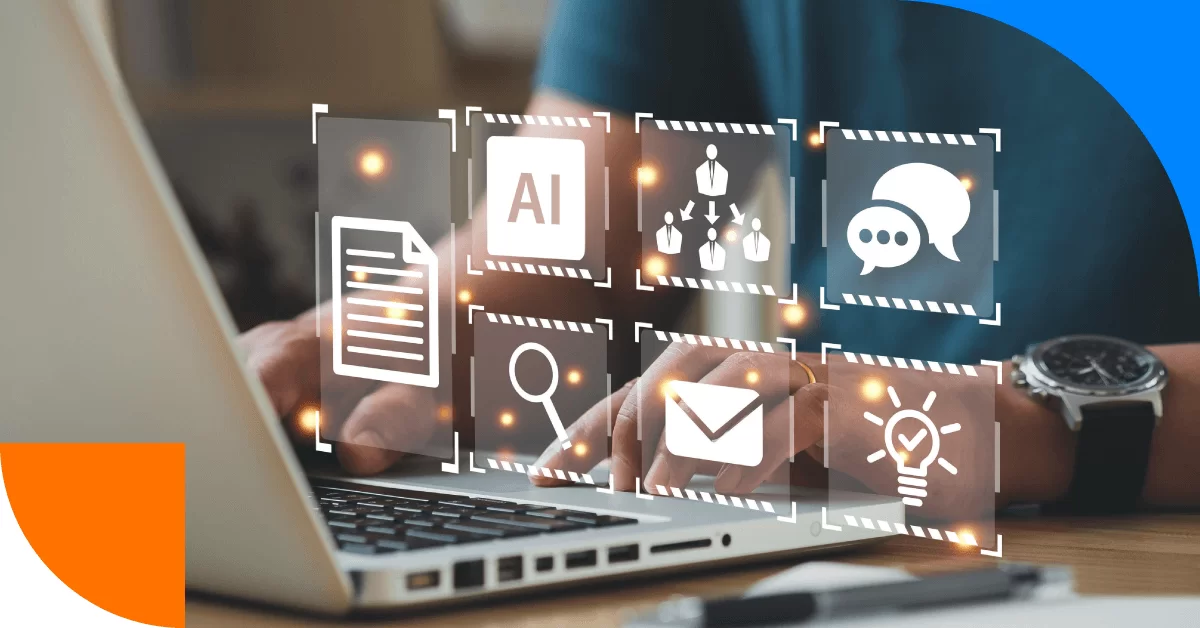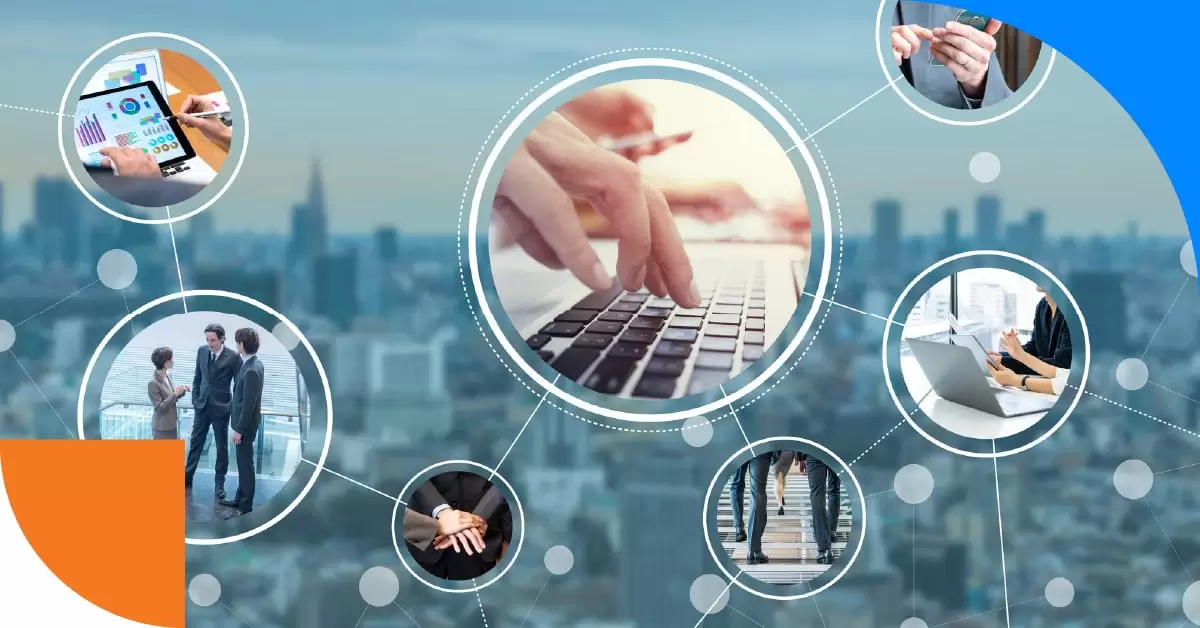Just as there are different business development stages, so are there different forms of eLearning programs that will help your organization through its life cycle. After all, each stage brings its own opportunities and challenges, so it’s only right that your eLearning strategies change according to your needs, from startup to maturity.
Startup phase
The startup phase of the business life cycle is probably the most exciting, demanding – and possibly the most nerve-inducing – part of how a company grows. You’re reaching out into new, perhaps uncharted, territory: You have to focus 100% of the time on making sure your organization takes off. Starting a business is difficult enough, so make sure that your training and development plan is in place right from the beginning in order to help you through this and the subsequent business life cycle stages.
Your eLearning during this phase should focus on research and scenario testing. You may want to consider creating a learning environment that allows you to set up a real world simulation, where you can test out your business model in a risk-free environment.
You’ll also need training that reflects the challenges you’re going to face: for example, if your startup is going to be dealing with international clients, you’ll need courses on your Learning and Talent Development platform that deal with cross-cultural training.
Growth phase
This business development stage sees your company surging away from your exciting, uncertain first few steps, and begin to get more clients and increasing revenue. This is where you’ll be taking on new employees in order to deal with how fast you’re growing. During this phase, you’ll need a Learning and Talent Development platform that provides an excellent onboarding training.
Having a fast, responsive eLearning system in place will help your new employees not only find their feet in your organization faster, it’ll help them become more engaged, more productive, and let them see how they fit into the company, its mission, and its ethos.
You’ll also need to ensure that your eLearning environment has a clear vision of where each individual employee’s training will potentially lead throughout the different business life cycle stages. This overview, shared with your corporate learners, helps them to understand the big picture and their role in it, and means they understand their purpose and relevance, leading to greater engagement.
Established phase
Once a company becomes established, the challenges and opportunities change: There’s no need to chase the market anymore, as the market will come to you. The temptation is to relax into a routine and keep doing whatever it was that made you successful in the first place.
However, the corporate world is always changing, and the needs and demands of your clients will change over time. For this reason, it’s crucial to provide eLearning that reflects the dynamic environment you are in.
Your Learning and Talent Development platform should be able to accommodate training on sector innovations as they happen. At the same time, it should provide greater lifelong learning opportunities for your employees – after all, you want to keep them and their experience.
Perhaps the hardest challenge comes for the CEOs and senior executives within an established organization, as they’re often the ones who started the company and may find it difficult to see any reason for changing their business plan. For them, eLearning should be an opportunity to reassess their model and see if it still functions for their client base, and if necessary gives them space to rethink how the organization moves forward.
Expansion phase
Some of the challenges and opportunities of the expansion phase of the business life cycle are similar to those faced when an organization is in the startup stage – namely, you’ll need to focus on planning and research in order to understand the market you’re expanding into.
At the same time, you’ll need to take on more employees as you grow, and you can’t ignore your long-term staff. For the latter, eLearning will be crucial: They’ll need training to prepare for the changes and challenges that expansion brings, along with the inevitable disruption to established routines and approaches. Long-standing employees may need reassurance over their roles or new responsibilities, so ensure that your Learning and Talent Development system is geared towards that.
Above all, your eLearning platform should reflect that expansion is one of the most exciting of the business life cycle stages.
Content should be vibrant and confident.Share on
At the beginning of any planned expansion phase, you may want to consider making your training and development plan inclusive and feedback-oriented, with simulations and scenario setting that reflect the area you wish to expand into. That way, you can test for challenges and opportunities in a risk-free environment and see what changes you may need to organizational practice before moving onward and upward.
Mature phase
Let’s examine another scenario. Your organization has been wildly successful. It’s grown, established itself and expanded into new areas, and now it’s mature and holding its own in a competitive market. But just as it was when it had reached one of the less established business life cycle stages, now is no time to relax into a routine of doing the same old thing, because the world doesn’t stop moving and neither will your competitors.
Your eLearning provision can help you avoid getting stuck in a corporate rut by offering a wide-ranging portfolio of learning options, with a particular focus on continuous training for your long-term employees. It should also provide something for everyone, from the CEO downward.
You might, for example, offer leadership development courses, or encourage independent learning opportunities, where the individual learner researches deeper into an area of interest and relevance to their career.
Some companies that have reached the mature stage of their life cycle actually encourage staff to take sabbaticals to do further study. This doesn’t just help the learner: it directly benefits the company, both from retaining a more engaged and productive employee and by the fact that the research done may lead to new business opportunities.
Training every step of the way
It’s important to remember that eLearning and training are not nice-to-have aspects of the life cycle of your business – they’re a crucial part of it. If you plan your Learning and Talent Development right from the inception of your company, you’ll develop a training ecosystem that will grow, flourish, expand and mature as your organization does, and be there to support you throughout the entire life cycle of your organization.


